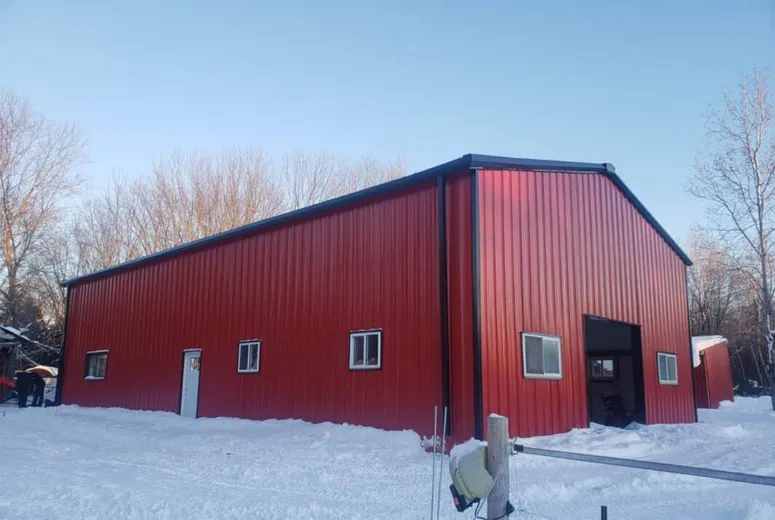- Afrikaans
- Albanian
- Amharic
- Arabic
- Armenian
- Azerbaijani
- Basque
- Belarusian
- Bengali
- Bosnian
- Bulgarian
- Catalan
- Cebuano
- Corsican
- Croatian
- Czech
- Danish
- Dutch
- English
- Esperanto
- Estonian
- Finnish
- French
- Frisian
- Galician
- Georgian
- German
- Greek
- Gujarati
- Haitian Creole
- hausa
- hawaiian
- Hebrew
- Hindi
- Miao
- Hungarian
- Icelandic
- igbo
- Indonesian
- irish
- Italian
- Japanese
- Javanese
- Kannada
- kazakh
- Khmer
- Rwandese
- Korean
- Kurdish
- Kyrgyz
- Lao
- Latin
- Latvian
- Lithuanian
- Luxembourgish
- Macedonian
- Malgashi
- Malay
- Malayalam
- Maltese
- Maori
- Marathi
- Mongolian
- Myanmar
- Nepali
- Norwegian
- Norwegian
- Occitan
- Pashto
- Persian
- Polish
- Portuguese
- Punjabi
- Romanian
- Russian
- Samoan
- Scottish Gaelic
- Serbian
- Sesotho
- Shona
- Sindhi
- Sinhala
- Slovak
- Slovenian
- Somali
- Spanish
- Sundanese
- Swahili
- Swedish
- Tagalog
- Tajik
- Tamil
- Tatar
- Telugu
- Thai
- Turkish
- Turkmen
- Ukrainian
- Urdu
- Uighur
- Uzbek
- Vietnamese
- Welsh
- Bantu
- Yiddish
- Yoruba
- Zulu
Dec . 05, 2024 21:47 Back to list
Designing Your Own Steel Building A Practical Guide
When it comes to constructing a building, whether for personal use, commercial purposes, or industrial applications, flexibility, durability, and cost-effectiveness are key considerations. Steel buildings have emerged as one of the most efficient solutions in modern architecture. They combine robust structural integrity with versatile design options, making them suitable for a wide range of applications. In this article, we will explore the process of designing your own steel building, highlighting critical factors to consider and demonstrating how you can create a space that meets your unique requirements.
Understanding Steel as a Building Material
Steel is famed for its strength-to-weight ratio, resistance to corrosion, and ability to withstand extreme weather conditions. This means that when you choose steel for your building, you are investing in durability and safety. Furthermore, steel components can be prefabricated, meaning they are manufactured off-site and assembled on-site, which can reduce construction time and labor costs.
Step 1 Define Your Purpose
Before diving into the design, it’s essential to clarify the purpose of your steel building. Are you looking for a workshop, a retail space, a warehouse, or perhaps a recreational facility? Each potential use will require different considerations regarding space, layout, and amenities. For instance, a workshop may need high ceilings for equipment, while a retail space may prioritize aesthetic appeal and customer accessibility.
Step 2 Establishing Dimensions and Layout
Once you have a clear purpose, the next step is establishing the dimensions and layout of your building. This involves determining not only the square footage but also the configuration of rooms and open areas. CAD (Computer-Aided Design) software can be incredibly useful in visualizing your layout and making necessary adjustments in real time.
Consider factors such as the flow of movement within the space. For instance, if it’s a retail building, you want easy access for customers as well as efficient movement for employees. If it’s a warehouse, think about storage accessibility and logistics for incoming and outgoing goods.
Step 3 Choosing Structural Elements
The choice of structural elements will greatly influence your building's functionality and aesthetic. Steel buildings can incorporate different framing techniques, such as clear-span designs that allow open, unobstructed interior spaces. This is ideal for multifunctional areas where flexibility is necessary. Alternatively, you could opt for divided spaces with columns and beams for additional structural support.
design your own steel building

Additionally, think about the roofing system. Steel roofs can support various designs, from flat to pitched styles, depending on aesthetic preferences and local climate conditions.
Step 4 Insulation and Energy Efficiency
Insulation is crucial for energy efficiency and contributing to a comfortable internal environment. Steel buildings can be designed with energy-efficient features such as insulated panels, reflective roofing materials, or even integrated solar systems. Pay attention to local building codes and energy regulations, as they may dictate certain insulation requirements.
Step 5 Windows, Doors, and Finishes
The aesthetic appeal of your steel building will largely depend on the choice of windows, doors, and finishing materials. Steel structures can support large windows for natural lighting or combinations of glazing that enhance energy efficiency. Consider various styles and configurations for entrances, ensuring they complement the building's purpose while promoting functionality and accessibility.
Finishing touches, such as paint, cladding, or other materials, can significantly alter the visual character and contribute to the building's identity. From modern sleek designs to rustic charm, your choices can reflect the intended use and surrounding environment.
Step 6 Compliance and Permitting
Once your design is set, research local building codes and zoning laws that may impact construction. This can include safety regulations, environmental considerations, and liability requirements. Obtaining the necessary permits can be time-consuming, so it’s best to start this process early in your project.
Conclusion
Designing your own steel building offers a unique opportunity to create a tailored space that perfectly meets your needs. By following these steps and considering the various factors involved—from the building’s purpose to structural choices and aesthetics—you can embark on a rewarding project. With the right approach, your steel building can be an emblem of innovation, efficiency, and personalized design that stands the test of time.
-
How Do Prefabricated Steel Structures Transform Modern Construction?
NewsJul.14,2025
-
How Do Prefabricated Metal Buildings Redefine Modern Construction?
NewsJul.14,2025
-
How Do Prefab Insulated Metal Buildings and Steel Structures Revolutionize Modern Construction?
NewsJul.14,2025
-
How Do Pre - Engineered Steel Structures Redefine Modern Construction?
NewsJul.14,2025
-
Advancing Modular Construction with Prefabricated Metal Structures
NewsJul.14,2025
-
Advancing Industrial Infrastructure with Prefabricated Steel Solutions
NewsJul.14,2025
Products categories
Our Latest News
We have a professional design team and an excellent production and construction team.












